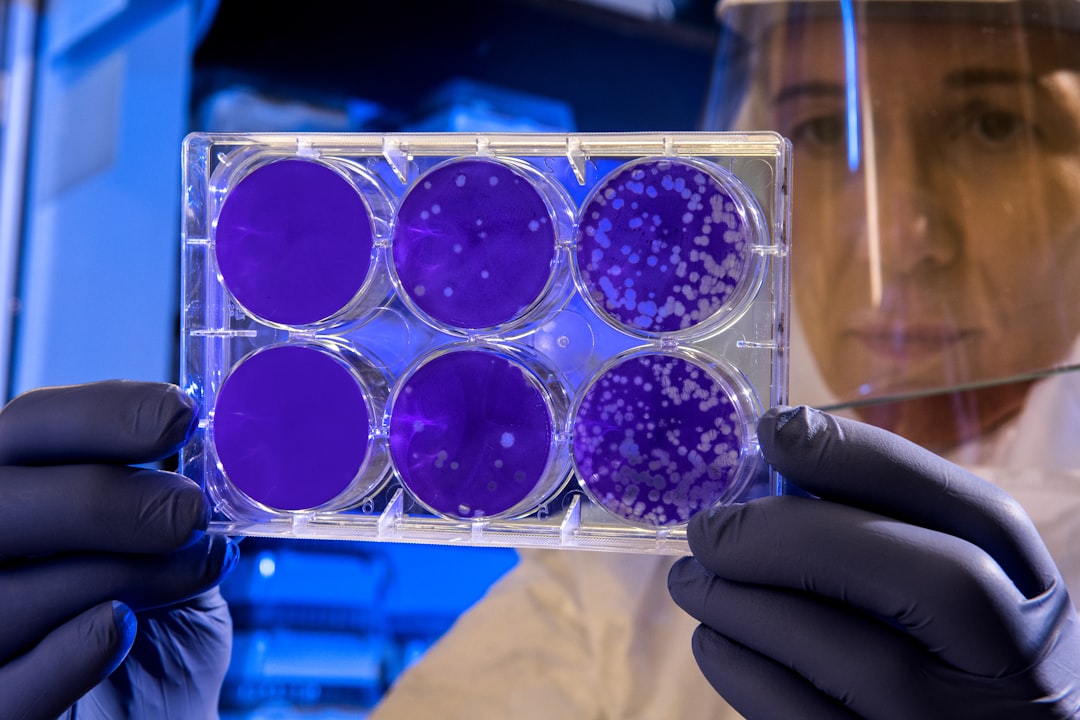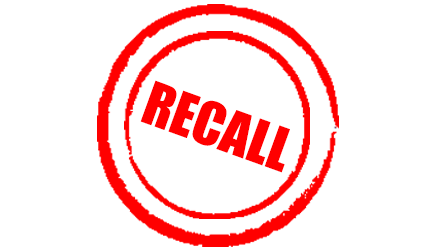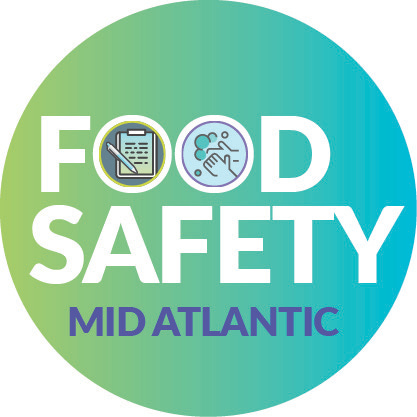Introduction
A food recall doesn’t always mean that food unsafe. Since FDA introduced FSMA, food manufacturers voluntarily recall their products if they are concerned of a potential hazard. In the recent FDA recall list, there are two types of recall:
Potential pathogens
Misbranding as allergens are not listed
Potential Pathogens
Recalls may occur before an outbreak if we find the bacteria, Salmonella and Listeria, in the facility during a routine monitoring. Listeria monitoring is necessary for cold storage food because Listeria monocytogenes grows at lower temperatures than other pathogens. For example, fresh produce, soft cheeses, and ready-to-eat foods.
Salmonella monitoring is important for shelf stable foods and has been found in flour, chocolate, and peanut butter, amongst other food. Eggs, as mentioned previously, in the US have a problem with Salmonella too.
It is hard to completely sterilize a food manufacturing plant because bacteria are everywhere and pathogenic bacteria live in soil. Part of a good food safety program is to limit bacteria and other hazards in your facility and to monitor if your program is effective. We know this as environmental monitoring. This validates your sanitation program and reassures you that you don’t have pathogens in your food preparation areas.
Misbranding
Most other food recalls occur because the label does not list an allergen present in the food.
We manage allergen labeling through a food safety program. We can check the label against the ingredient list before manufacturing and at packaging. I find using color coding system for foods with allergens allows for a quick check of the label. There is more about allergens here. Since January 2023 there are nine major allergens because sesame is now required to be listed.

A good Supplier Approval program helps prevent misbranding due to unexpected allergens. When buying ingredients, check the Certificate of Analysis or the Specifications. Many ingredients we expect not to contain allergens are not guaranteed allergen-free by the supplier.
Preventing Recalls
Make sure you have a good prerequisite program for Good Manufacturing Practices, Sanitation Standard Operating Procedures, and Standard Operating Procedures for the facility. Everyone in the facility must have basic food safety training to understand why they must follow your GMPs, how to follow them, and what to do if there is a problem. You can read more about SOPs here.
Who Writes Food Crumbs?
Cathy Davies runs a food safety consultancy, Food Safety Mid Atlantic, supporting specialty food businesses with their food safety plans and programs. If you are interested in learning more about my consulting services, please schedule a free call.
Please subscribe to Food Crumbs today, if you haven’t already.







I had no idea sesame was one of the top allergens. Good information, Cathy.